Yuri Andries’s series “In Memory of a Monolith” is set in the volcanic landscape of Lanzarote, the easternmost of the Canary Islands, off the coast of Morocco. While a mild climate attracts beach-going tourists and the island was declared a Unesco biosphere reserve, there are dark and violent moments in the island’s natural history. Between 1730 and 1736 and again in 1824, the island was home to volcanic eruptions that buried several villages and covered two thirds of the area in lava and ash, creating expanses of badlands that are still devoid of much vegetation. Andries’s images revolve around this strange natural landscape. Shot with colored gels in the dark of dusk and dawn on the island’s rocky hills and beaches, the images include the tough, spiky plants that grow in these harsh conditions, and naked human figures who crouch or perch on sharp rocks.
To make the series, Andries worked with local residents as models to explore the charged relationship between fragile human bodies and unforgiving rock. The images, he suggests, can be seen as a larger metaphor for people and climate. As he tells PDN by email, “As humans we are attracted to darkness but want to observe from a safe distance. Only when danger is close enough, we’ll use our intelligence to come up with solutions.” Andries tells PDN about the series in an edited email interview.
PDN: What first interested you in Lanzarote, and how did you approach the project?
Yuri Andries: The purpose was to go to a different place without any concept in mind and use this new place as an inspiration for new work. As [with] my previous series I wanted to work with the human relationship towards nature. A friend gave me the tip to study Lanzarote. The island’s unique history and seemingly extraterrestrial landscapes are extraordinary. Imagine for a moment how a huge cloud of ashes covers the sun. Nobody knows what will happen, or how long it will last. In the pitch black, somehow, our species, human mankind manages to survive. This is what happened in Lanzarote in between 1730 and 1736.
PDN: Your models for the series are all residents of the island—how did you approach them and what was it like enlisting them in the work?
YA: In the beginning I used Facebook as a tool to get in contact with residents. I met a Belgian couple in Tinajo. They were my first models on the island. Thomas lived on the island for already 20 years and as a triathlete he knew the island very [well]. Thanks to them I came in contact with new people who were interested in participating in the project. It was not that hard to find models. The people in Lanzarote are often spiritual and they quickly understood what I was trying to do. Approaching people in coffee bars and [showing them] my portfolio was in many cases enough to convince them. I liked to work with non-professional models. Every body has its own characteristics and this challenged me to find the perfect shot every time. These people really opened themselves up to the rawness of nature….They were naked in the cold wilderness, bruising themselves on the sharp rocks and I was asking for the impossible. Luckily afterwards, they told me what a special experience it was to be there, vulnerable, naked, out in nature. It was a liberating feeling for some.
PDN: The series has a dark, post-apocalyptic vibe—were there visual influences in photography or elsewhere that you were thinking about in relation to the series?
YA: Even though there already was a natural disconnect between the subject and the environment, I went out looking for other elements in posture and lighting that further exaggerated that disconnect. I was inspired by certain science fiction works, I hinted towards certain films and writers in the series. But these Easter eggs are for the viewer to find. It’s the unknown and our will in wanting to understand, that I find very interesting. Recently someone asked me if I was inspired by the work of H.P. Lovecraft, [who wrote] “The oldest and strongest emotion of mankind is fear, and the oldest and strongest fear is fear of the unknown.”
PDN: How do you see the role of the unusual natural history of Lanzarote in the series?
YA: There are certain elements in the series that…refer to Lanzarote’s years-long volcano eruptions and their consequences, such as shooting under dusk or dawn or complete darkness. [This approach] holds a poetic power but at the same time these were the conditions people had to live in for more than five years. Timanfaya National Park [which encompasses much of the most recent volcanic activity] is one of the newest places on earth and is of great interest to scientists to see how the land develops. If I encountered the same conditions in another place in that time, I would have probably created the same work.
PDN: What were some of the challenges?
YA: Almost for every picture I used one flashlight with a color gel. In places close to the equator, the sun goes down fast. Once the sun was at the right altitude, the light changed with every second. Under time pressure you have to make decisions from the [gut]. And that’s sometimes much better than overthinking. Biggest mistake: not having an additional external battery for the flashes, making charging times sometimes excruciating painful.
PDN: What kinds of equipment do you use?
YA: I worked with a Canon 5D mark III and Lumopro lp180r (great flashlights!).
PDN: What were some of the surprises?
YA: I remember the moment when I first drove from the airport to the other side of the island. Left and right, a grey and monotonous landscape with no green to be found. The landscape also did not seem to change. The following day, a palette of colors unfolded when I went out into nature. The ever-changing light made every visit to the same place feel different. Another surprise was the willingness of the locals for which I am eternally grateful! That’s how I met Vicky and Gustavo and their son Nahuel in Famara. After the first cooperation with Vicky, I was welcomed as a fourth family member at their home. Vicky cooked several times (very good cook!) for me and their door was open to everyone. I must say, this project was very inspiring!
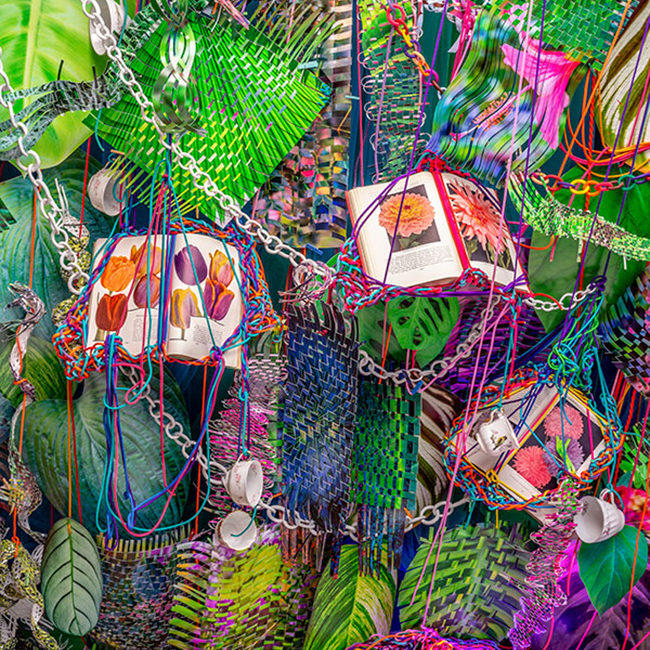
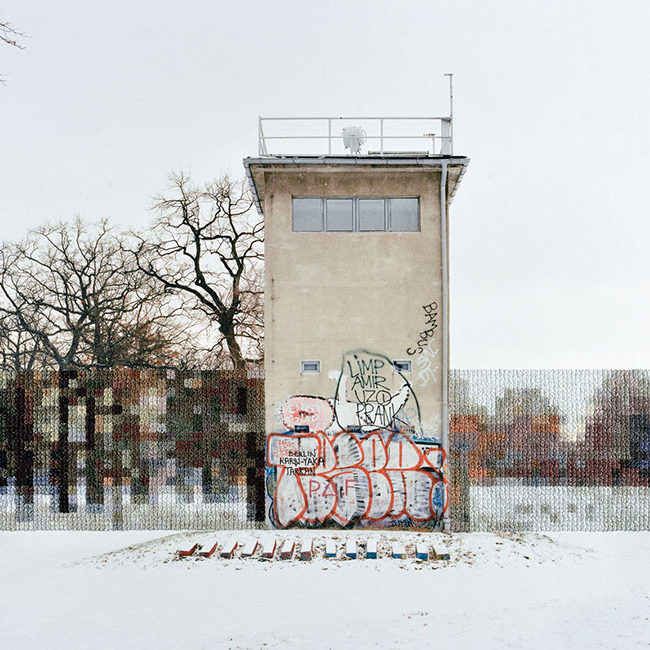


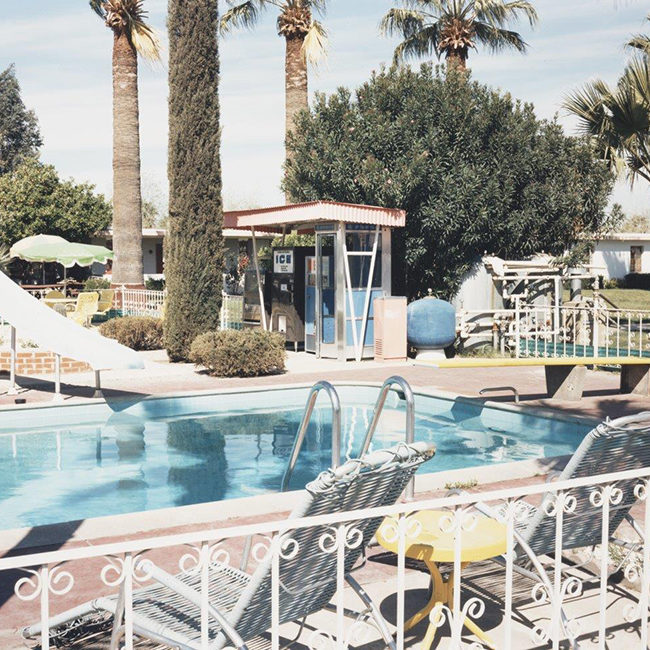
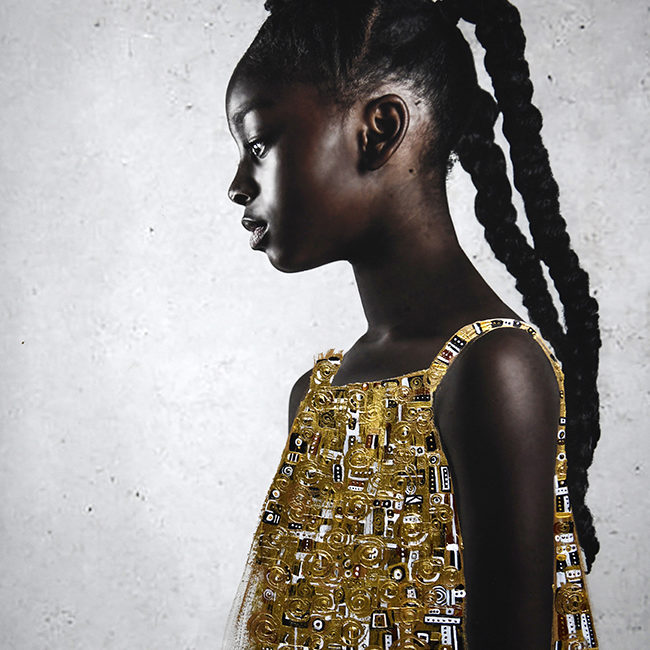

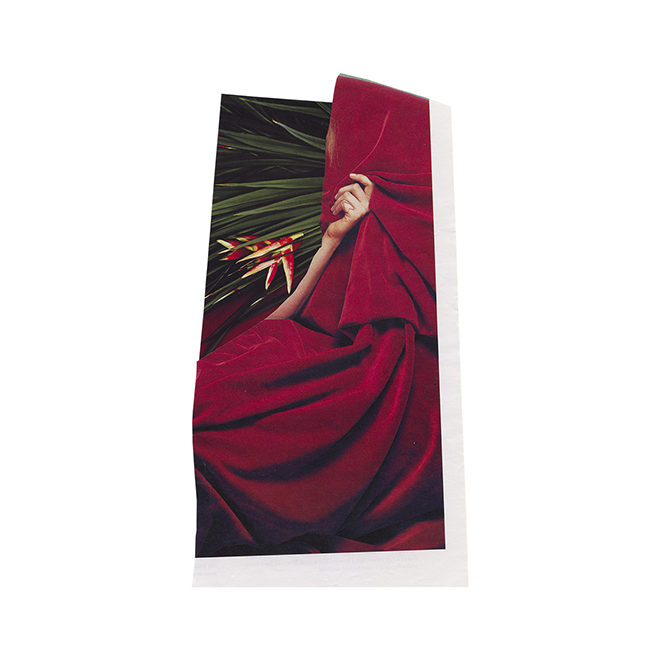
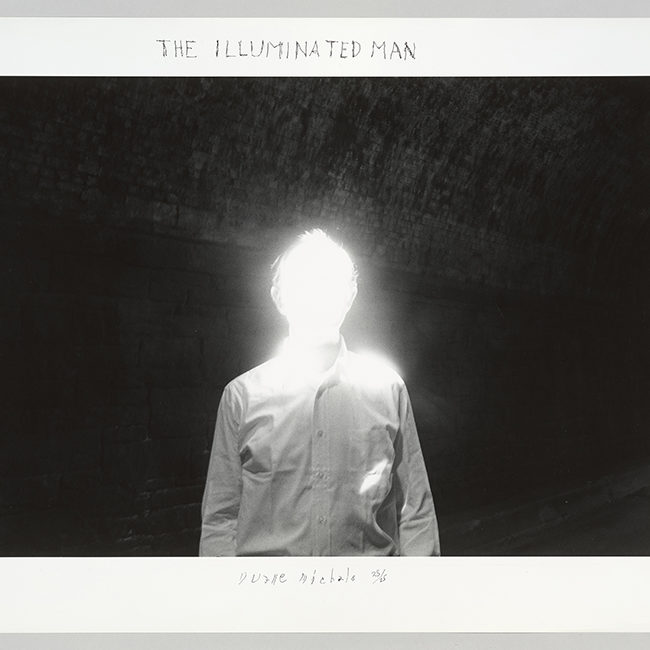
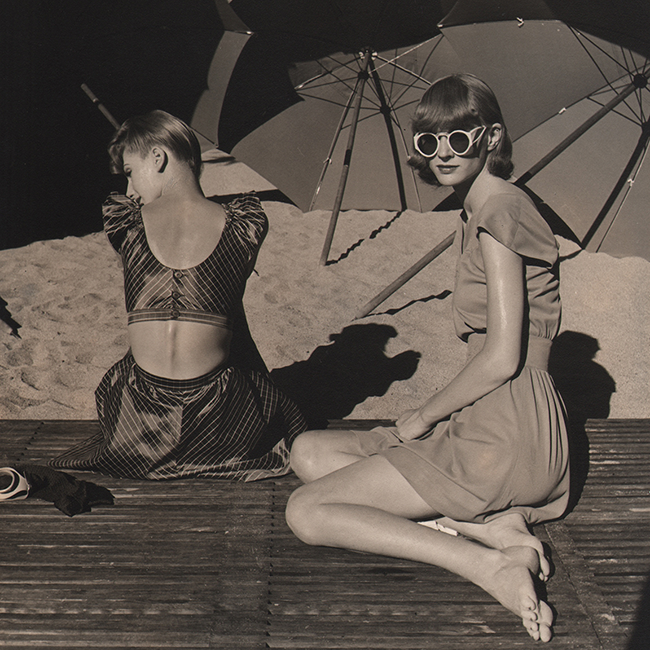
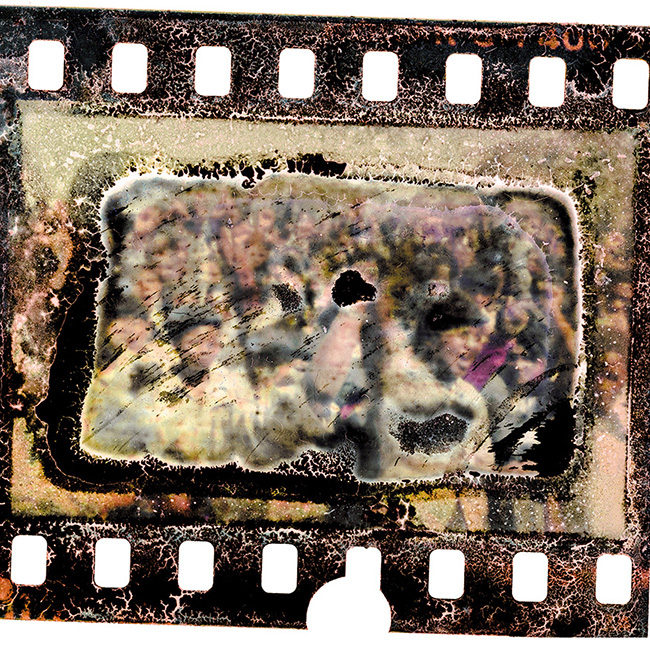
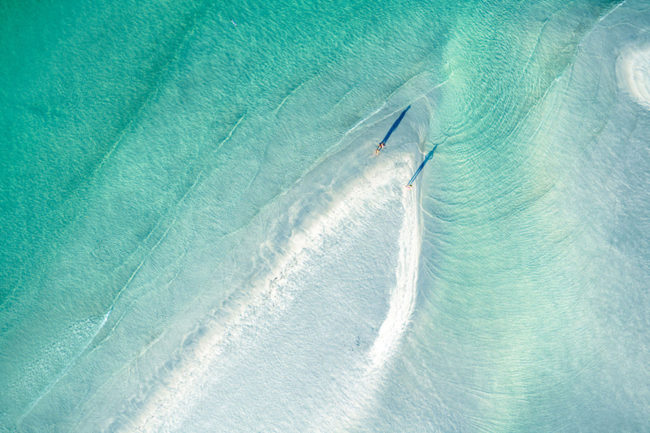
Like these a lot. Captured a unique landscape. Fascinating!